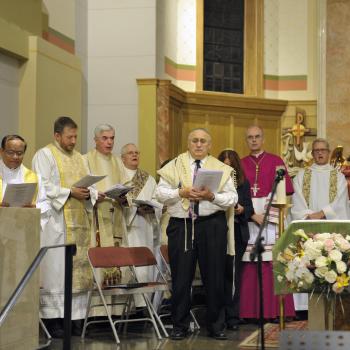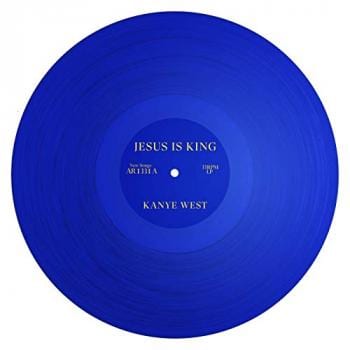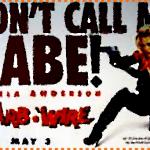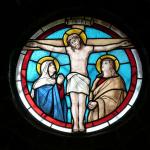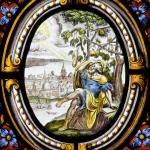The day before Holy Thursday is traditionally known as “Spy Wednesday” — when Judas “spied” for an opportunity to betray Jesus. (The 13th century fresco above shows him being paid his 30 pieces of silver.)
This day comes complete with its own traditions and customs:
Wednesday is known as Spy Wednesday because on this day Judas made a bargain with the high priest to betray Jesus for 30 silver pieces (Matt 26:14-16; Mark 14:10-11; Luke 22:1-6). In Poland, the young people throw an effigy of Judas from the top of a church steeple. Then it is dragged through the village amidst hurling sticks and stones. What remains of the effigy is drowned in a nearby stream or pond.
This is also the day that Jesus was anointed with an expensive jar of alabaster by the woman at Bethany, in the house of Simon the leper (Matt 26:6-13; Mark 14:3-9; John 12:1-19).
Wikipedia adds:
Although it is frequently celebrated on Maundy Thursday or Good Friday, the Tenebrae is a liturgy that is often celebrated on this day. The word tenebrae comes from the Latin meaning darkness. In this service, all of the candles on the altar table are gradually extinguished until thesanctuary is in complete darkness. At the moment of darkness, a loud clash occurs symbolizing the death of Jesus.The ‘strepitus’, as it is known more probably symbolizes the earthquake that followed Jesus’ death: “And, behold, the veil of the temple was rent in twain from the top to the bottom; and the earth did quake, and the rocks rent” Matthew 27:51.
Some customs:
Czech Republic: the day is traditionally called Ugly Wednesday, Soot-Sweeping Wednesday or Black Wednesday, because chimneys used to be swept on this day, to be clean for Easter.
Malta: this day is known as L-Erbgħa tat-Tniebri” (Wednesday of Shadows) referring to the liturgical darkness (tenebrae). In the past children went to the parish church and drummed on the chairs to make the sound of thunderstorms, as their version of the “strepitus” sound at Tenebrae Wednesday.
Scandinavia: this day is known as Dymmelonsdagen. A dymbil is a piece of wood. Historically, the metal clapper of the church bells were replaced by these dymbils on Holy Wednesday, to make a duller sound. The day is sometimes confused with Ash Wednesday, and to the public, the days have started to apply to one another.






